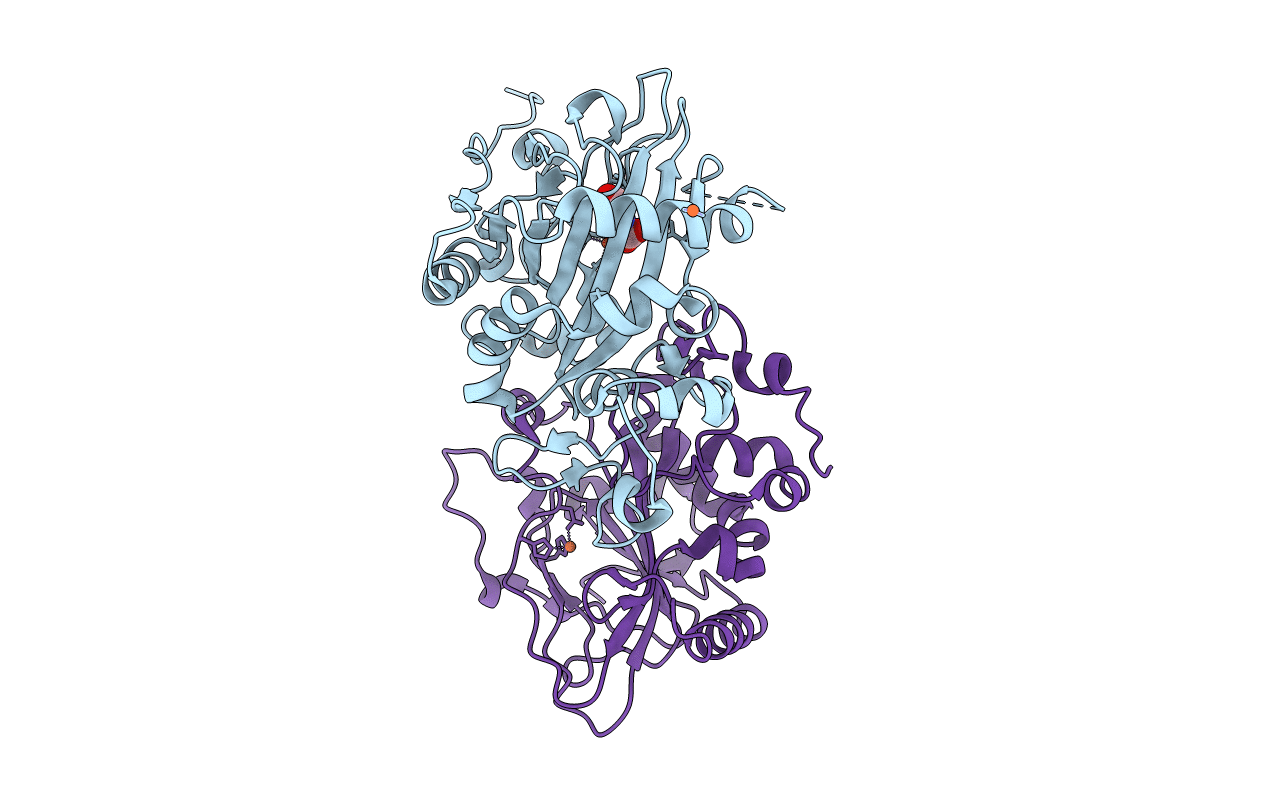
Deposition Date
2021-09-01
Release Date
2022-04-20
Last Version Date
2023-11-29
Entry Detail
PDB ID:
7VBQ
Keywords:
Title:
Heterodimer structure of Fe(II)/(alpha)ketoglutarate-dependent dioxygenase TlxIJ
Biological Source:
Source Organism:
Talaromyces purpureogenus (Taxon ID: 1266744)
Host Organism:
Method Details:
Experimental Method:
Resolution:
1.95 Å
R-Value Free:
0.21
R-Value Work:
0.17
R-Value Observed:
0.17
Space Group:
P 21 21 21


